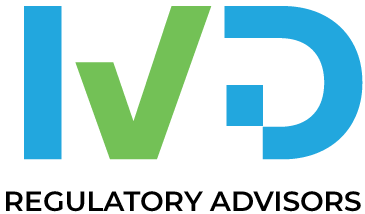Ever wondered how those innovative medical devices make their way into hospitals and onto doctors’ shelves? Enter the 510(k) premarket notification, a crucial step in bringing new or modified medical devices to the U.S. market.
Think of it as a passport for your device, allowing it to navigate the regulatory landscape of the Food and Drug Administration (FDA). But navigating this landscape can feel like deciphering hieroglyphics, so let’s break it down into bite-sized pieces.
What is a 510(k)?
It’s a document submitted to the FDA by device manufacturers demonstrating that their new or modified device is substantially equivalent to a device already legally marketed in the U.S. This “predicate device” acts as a benchmark, showing your device is at least as safe and effective as the existing one.
Why is it important?
The 510(k) process helps ensure the safety and effectiveness of medical devices while streamlining the approval process for low- to moderate-risk devices. It’s a win-win: patients gain access to safe and effective technologies, and manufacturers avoid the lengthy and expensive premarket approval (PMA) process for higher-risk devices.
How does it work?
Manufacturers compare their device to a predicate device in terms of:
- Intended use: What’s the device supposed to do?
- Technological characteristics: What materials and technology are used?
- Performance: How does the device perform compared to the predicate device?
If the FDA deems the new device substantially equivalent based on this comparison, they issue a clearance, granting it access to the U.S. market.
Who needs a 510(k)?
Manufacturers of the following generally need to submit a 510(k):
- New medical devices not previously marketed in the U.S.
- Modified versions of existing devices with significant changes affecting safety or effectiveness
- Devices marketed for new or different intended uses
The Bottom Line:
The 510(k) is a critical gateway for bringing new and improved medical devices to patients. While it may seem complex, understanding its basics can empower you to navigate the regulatory landscape and contribute to innovation in the healthcare field.
Remember:
- This is just a starting point. There are many resources available to help you navigate the 510(k) process in more detail.
- Consult with experienced professionals for specific guidance on your device.
- Stay informed about updates to the FDA’s 510(k) requirements.
So, the next time you see a cutting-edge medical device, take a moment to appreciate the journey it took to get there, and the role the 510(k) played in bringing it to you. By understanding this pivotal process, we can continue to advance healthcare technology and improve patient outcomes.
